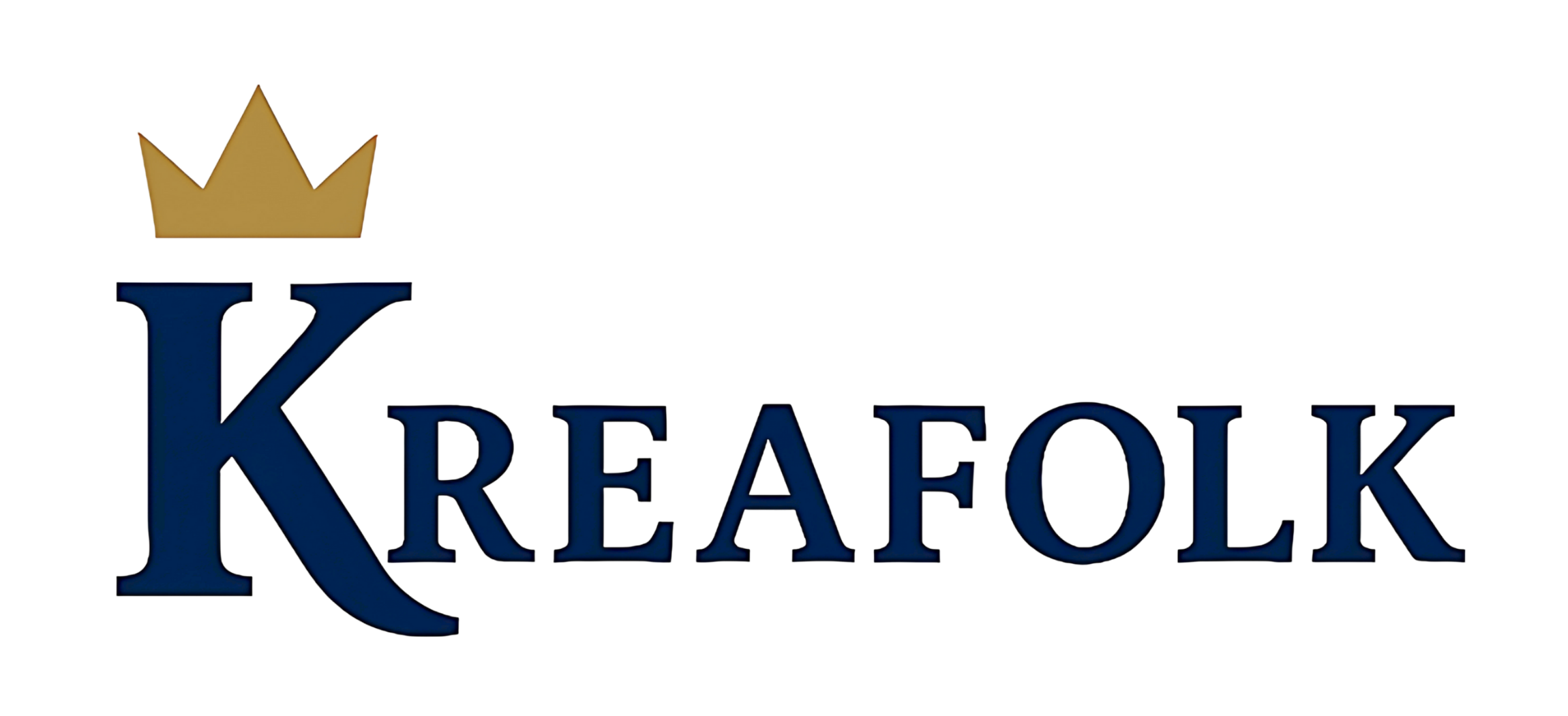Rust doesn’t forgive. It doesn’t wait. And it sure as hell doesn’t hold your hand.
But do you know what separates the nakeds from the raiders? What makes the difference between clutching a rock or commanding an AK? It’s map knowledge.
In this updated 2025 guide to Rust maps, we’re going far beyond the compass and deep into the survivalist psyche. From procedural maps and biome dynamics to pro strategies for base placement, this is your ultimate map-based advantage. So grab your rock, respawn in your undies, and let’s outwit the wilderness—together.
What Are Rust Maps—and Why Should You Care?
If you think a map is just where you spawn and die… oh, sweet summer child.
Rust maps are the literal battlefield of survival. Every decision you make—from where to build, to how to loot, to which direction to flee a heli—starts with your map.
There are several types of Rust maps, each with its own unique flair:
- Procedural Maps – Randomly generated chaos. No two are ever the same. Perfect for adaptable, high-skill survivors.
- Barren Maps – Stripped-down, ultra-lightweight. No frills, no clutter. Great for PvP and performance.
- Custom Maps – Modded by servers to create mini-games, roleplay cities, or horror scenarios. Expect the unexpected.
- Premade Maps – Designed by Facepunch. Balanced and battle-tested. You’ll often see these in official servers.
Every wipe, every server, every victory—it all begins here.
The Biomes of Rust Maps: Know the Terrain, Own the Game
Not all places in Rust are created equal. In fact, some will chew you up and spit you out before you even build a sleeping bag.
Here’s a breakdown of the core biomes on Rust maps and how they affect survival:
1. Desert Biomes
Hot, open, and resource-light. Perfect for visibility but dangerous for farming. Low on wood but rich in ore.
Pro Tip: Want PvP? Build near roads in desert zones. But be ready for non-stop action.
2. Snow Biomes
Brutal cold and high-tier loot. Expect fewer neighbors, tons of nodes, and temperature-based challenges.
Pro Tip: Start with clothes before you freeze to death. Seriously, it happens. Fast.
3. Forest Biomes
Balanced. You’ll find wood, animals, nodes, and moderate weather. This is beginner-friendly and great for learning the ropes.
Pro Tip: Look for small hills—good line of sight and elevation without the exposure.
Rust Maps and Base Building: Where You Build = How Long You Live
Location, location, location—it’s not just for real estate agents. In Rust, where you build can mean thriving until wipe day or getting offline raided before dinner.
Let’s talk strategy:
Build Near Monuments (But Not Too Close)
Monuments like Launch Site, Airfield, or Military Tunnels offer high-end loot, but they also attract sweaty players like moths to a flamethrower.
Ideal Range: 2–3 grids away. Close enough to farm, far enough to avoid gank squads.
Coastal Bases for Beginners
Less foot traffic, more fishing villages, and great for boats. If you’re still learning Rust maps, this gives you some breathing room.
Bonus: Water treatment plants nearby offer decent mid-tier loot.
Mountain Outposts for Veterans
High ground, visibility, node farming—plus they’re hard to raid. But beware: you’re exposed, and building is tricky.
Mastering Rust Maps: The Power of Navigation
Learning how to read and use Rust maps isn’t optional—it’s survival 101. Thankfully, the in-game map (press “G”) gives you a solid overview, but real map mastery means more:
Use Online Map Tools
Websites like rustmaps.com let you preview server maps before joining. Some even highlight monuments, terrain, and more.
Custom Waypoints Save Lives
Mark your base, key loot spots, and enemies. Always know where you are and where you’re going.
Coordinate Calling
Grid coordinates (like H13) let you communicate quickly with teammates. Master this and your squad will run smoother than a freshly oiled Thompson.
A Real-World Story: From Naked to Nightmare
Meet Jake. New wipe. Fresh spawn. No clue.
Jake builds his first base in the open plains near a road—no cover, no elevation. Within two hours, raiders door-camped him into oblivion.
Next, Jake studies Rust maps. He builds near a fishing village, farms Outpost, and controls a nearby sulfur quarry. By Day 3? Jake’s running a shop and flying a mini. Knowledge changed his game.
Rust Maps: Tips for 2025 and Beyond
Rust evolves fast—and so should you. Here are 2025-specific map trends you need to adapt to:
- More Procedural Variants: Facepunch keeps tweaking map gen. Stay sharp and learn landmarks fast.
- Increased Water Play: Boats, fishing, and offshore oil rigs are vital. Know your waterways.
- Underground Transit: Subways and tunnels add vertical layers to Rust maps. Scout and master them.
Actionable Takeaways to Become a Map Master
Want to dominate every map you touch? Do this:
Study each map wipe. Learn fast, adapt faster.
Pick your biome strategically. Don’t just settle where you spawn.
Scout monuments and resources. Know your surroundings.
Use online tools and waypoints. Precision is power.
Always think three moves ahead. Rust rewards tacticians.
Final Thoughts
They’re battlegrounds. They’re war stories. They’re the canvas where you draw your legend.
Whether you’re a solo rat sneaking through the trees or a clan leader plotting a server takeover, Rust maps are your greatest ally—or your worst enemy.

